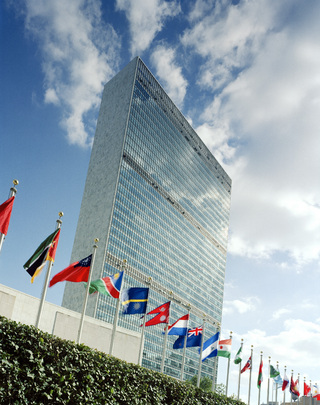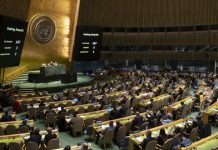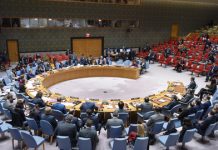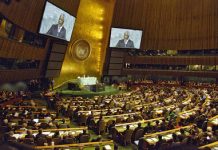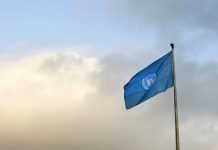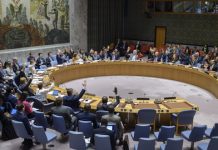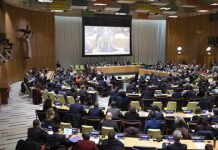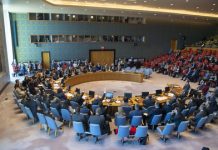“When women are missing, democracy is incomplete,” said Kirsi Madi, Assistant Secretary-General and Deputy Executive Director with the UN gender equality agency, UN Women, responding to the latest analysis.
Ms. Madi emphasised that the underrepresentation and misrepresentation of women in the media needs to be recognised as a key issue, so that democratic standards are not eroded for future generations.
Seeing ourselves
UN assessments show that, despite severe restrictions on their rights in many countries, women continue to lead community initiatives, support education, and advocate for social and economic resilience under the most challenging conditions.
In Afghanistan’s Kunduz Province, *Mehrgan leads a women’s organization that once trained hundreds of women and supported local NGOs but lost much of its funding and staff in 2022.
With support from UN Women, it has since rebuilt its capacity and is now helping other women’s groups do the same.
When the media focuses only on women’s victimhood, it erases their leadership and obscures the full reality of their contributions to peace, stability, and social progress, the report highlights. Sharing stories like Mehrgan’s ensures that the public and policymakers recognize not only the challenges, but also the solutions women are driving on the ground, UN Women said.
Barriers to gender equality
Equally important is the lack of news coverage relating to gender-based violence (GBV).
Instead of challenging stereotypes, news media continue to reinforce skewed narratives such as victim-blaming typecasts, portraying GBV as isolated incidents, silencing survivor voices, and using gendered language and tropes in reports.
“Fewer than two in 100 stories cover the abuse that far too many women experience”, underscored UN Women.
Not only does severe underreporting on GBV distort reality, it also shapes public perception. Nearly four in five news stories focus on politics, the economy, or crime, leaving issues like gender-based violence underreported.
Representation is even bleaker for minority women. While individuals from racial, ethnic, religious, and other minority groups represent just six per cent of the people featured in news coverage, only 38 per cent of them are women.
The likelihood that a woman in the news is likely to be from a minority group is less than one in 10.
The way forward
Although the path to greater representation remains challenging, digital news offers a clear pathway to increased inclusion.
During the pandemic, the proportion of female online reporters increased from 25 per cent in 2015 to 42 per cent in 2020. Campaigns like the UN’s HeForShe Campaign continue to be effective vectors for promoting women’s coverage in the media and challenging stereotypes.
As the UN’s 80th General Assembly approaches, the need to reinforce gender parity and gender representation becomes even more pressing, especially considering that over the last 30 years, little to no progress has been made, said UN Women.
For more information and details, see the summary of key findings from the GMMP report here.
*Her name has been changed to protect her identity
Source of original article: United Nations (news.un.org). Photo credit: UN. The content of this article does not necessarily reflect the views or opinion of Global Diaspora News (www.globaldiasporanews.net).
To submit your press release: (https://www.globaldiasporanews.com/pr).
To advertise on Global Diaspora News: (www.globaldiasporanews.com/ads).
Sign up to Global Diaspora News newsletter (https://www.globaldiasporanews.com/newsletter/) to start receiving updates and opportunities directly in your email inbox for free.


